Embarking on a long-distance hiking adventure with your children can be an incredible way to bond, explore nature, and create lasting memories. However, it’s crucial to be well-prepared and consider your kids’ needs to ensure a safe and enjoyable experience for everyone. Here are 16 essential tips to help you plan and execute an unforgettable long-distance hiking trip with your family.
1. Choose an Age-Appropriate Trail
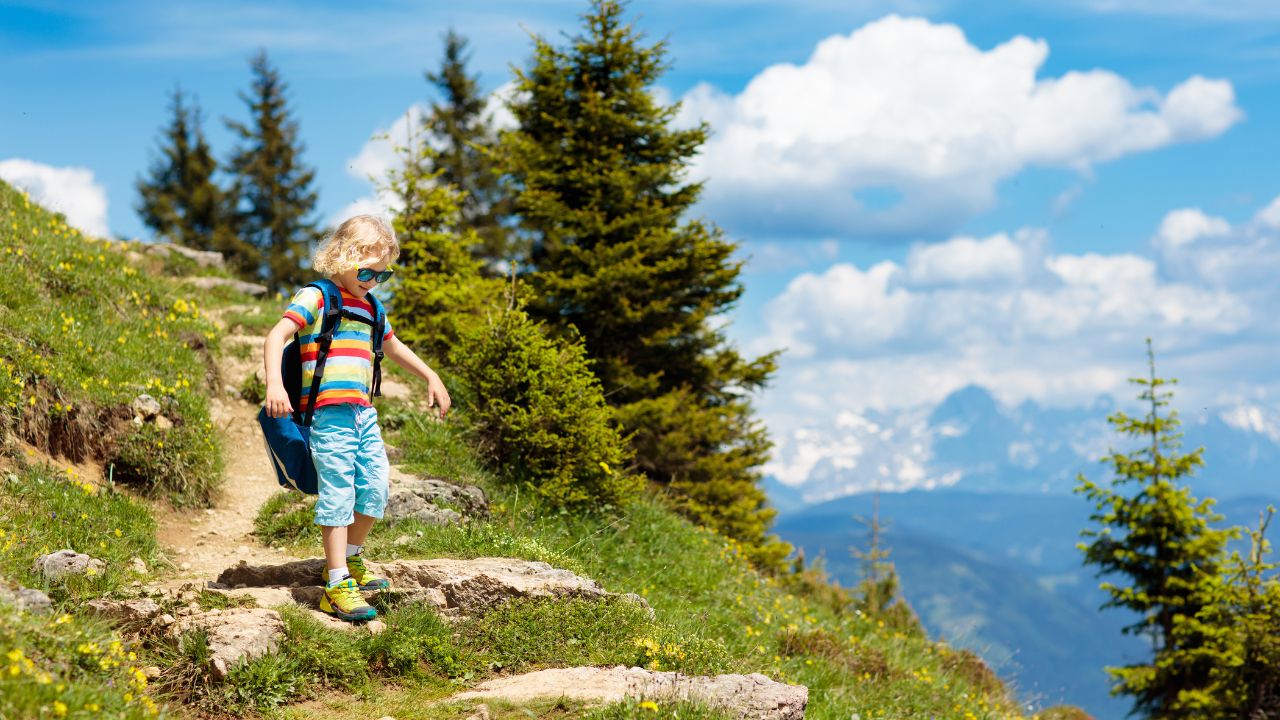
When selecting a trail for your long-distance hike, consider your children’s ages and abilities. Look for trails with manageable distances, elevation gains, and terrain that suit your family’s fitness level. Gradually increase the difficulty of your hikes as your kids grow and gain more experience.
2. Involve Your Kids in the Planning Process

Engage your children in the planning process to build excitement and a sense of ownership. Let them help choose the destination, plan meals, and select gear. This involvement will make them feel more invested in the trip and more likely to enjoy the experience.
3. Practice with Shorter Hikes
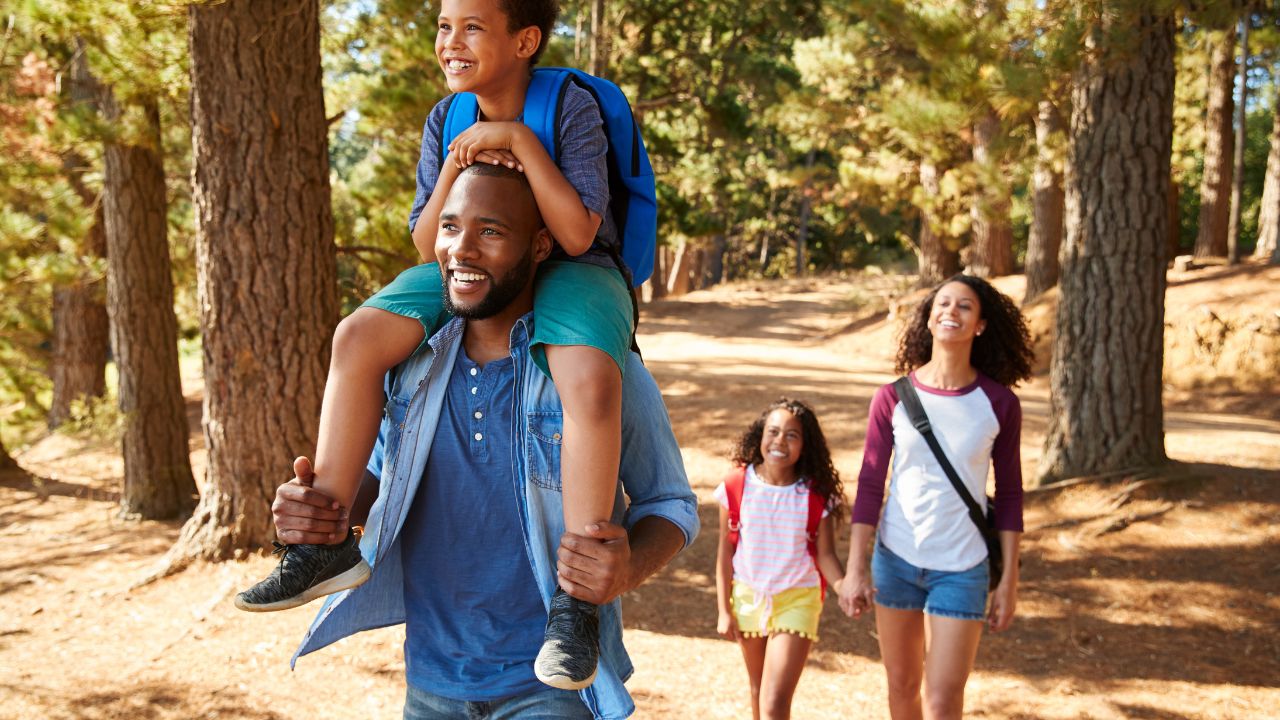
Before tackling a long-distance hike, build up your family’s endurance and familiarity with hiking by going on shorter day hikes. Gradually increase the distance and difficulty to help your kids develop the necessary skills and confidence for a multi-day adventure.
4. Invest in Quality, Lightweight Gear
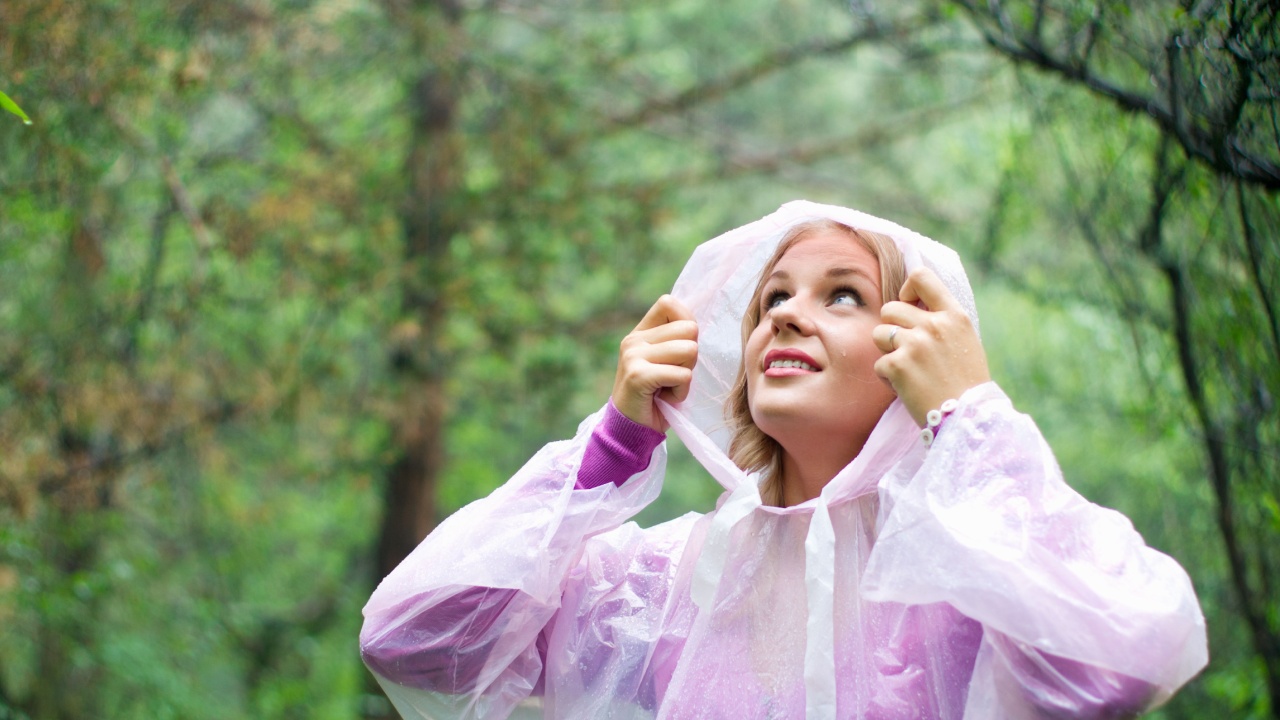
Equip your family with high-quality, lightweight hiking gear to minimize the weight they need to carry and ensure their comfort on the trail. Look for child-specific backpacks, sleeping bags, and hiking shoes that fit well and provide adequate support.
5. Pack Light and Smart
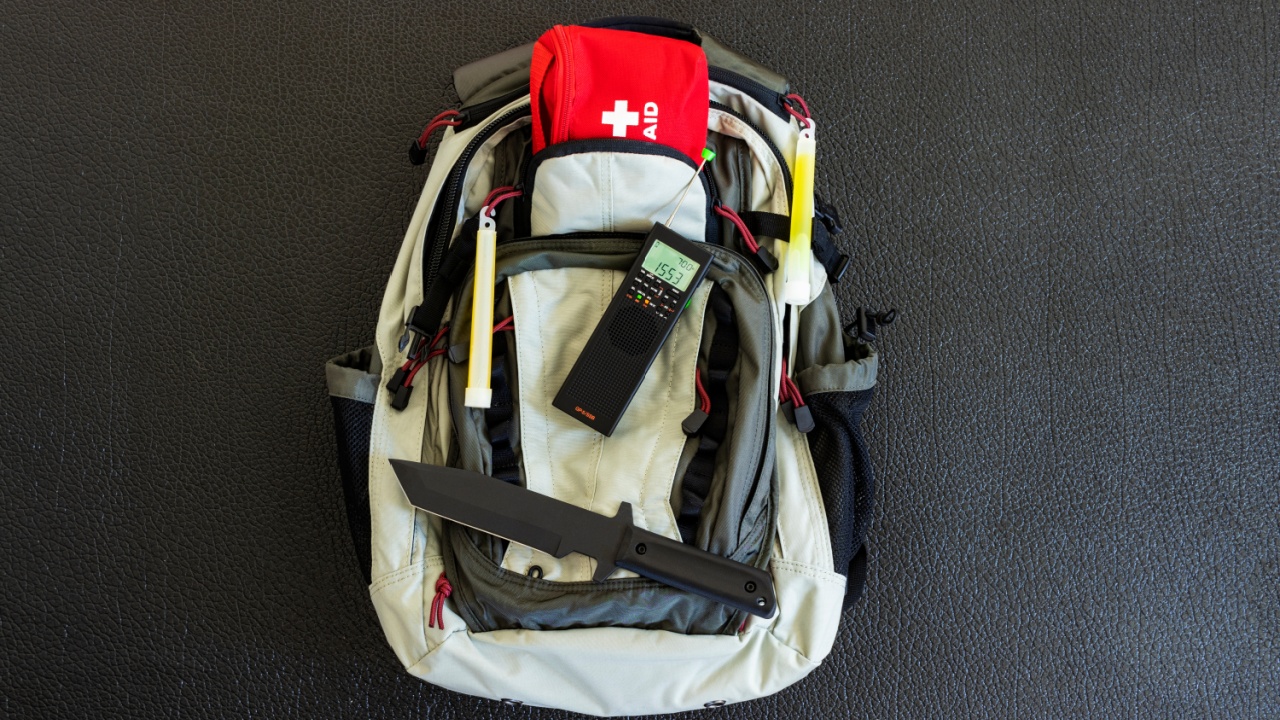
When packing for your long-distance hike, focus on bringing essential items and minimizing unnecessary weight. Create a packing list that includes clothing layers, rain gear, first-aid supplies, and lightweight, nutrient-dense food. Encourage your kids to pack their own backpacks, but double-check to ensure they have everything they need.
6. Plan for Frequent Breaks

Children often need more frequent breaks than adults, so plan your hiking schedule accordingly. Build in time for rest stops, snack breaks, and opportunities to explore interesting features along the trail. These breaks will help keep your kids energized and engaged throughout the hike.
7. Make Hydration a Priority
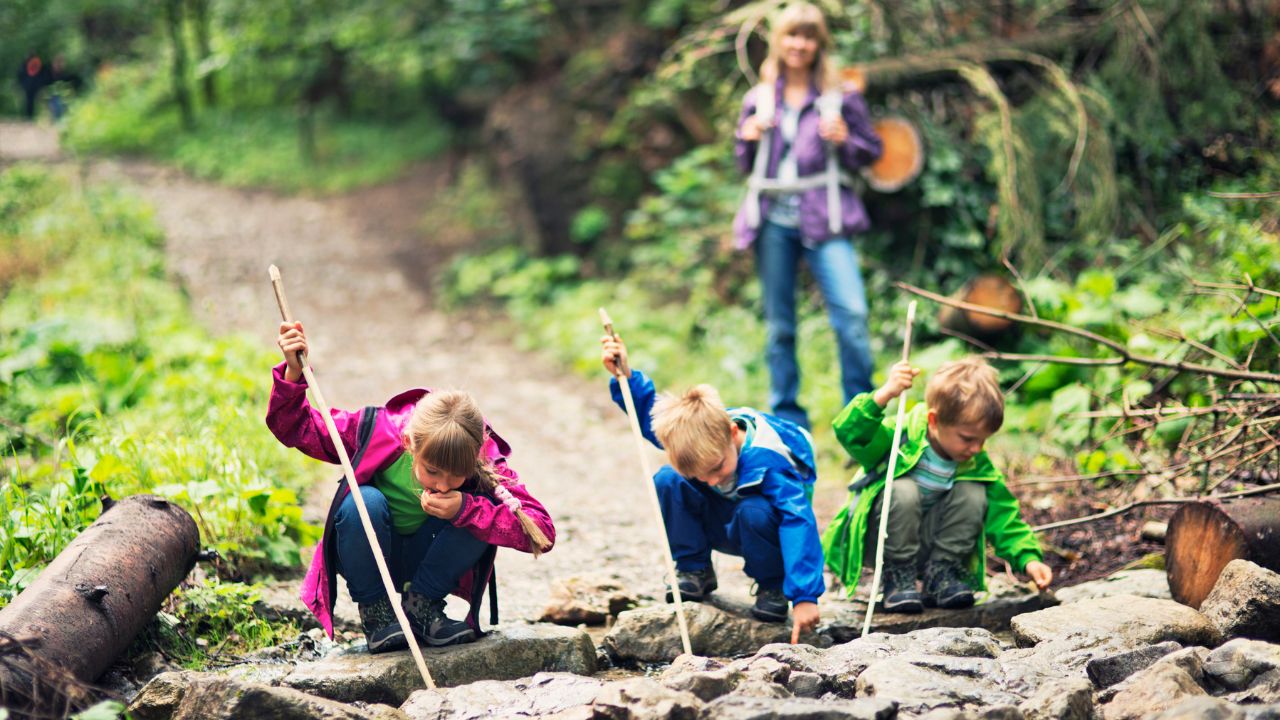
Staying hydrated is crucial for everyone, especially children, during long-distance hikes. Pack plenty of water and encourage your kids to drink regularly, even if they don’t feel thirsty. Consider using hydration bladders or kid-friendly water bottles to make drinking water more accessible and fun.
8. Fuel Up with Nutritious Snacks

Long-distance hiking requires a steady supply of energy, so pack a variety of nutritious, easily-digestible snacks for your family. Trail mix, energy bars, fresh fruits, and vegetables are all great options. Let your kids help choose their favorite snacks to keep them excited about fueling up on the trail.
9. Teach Leave No Trace Principles
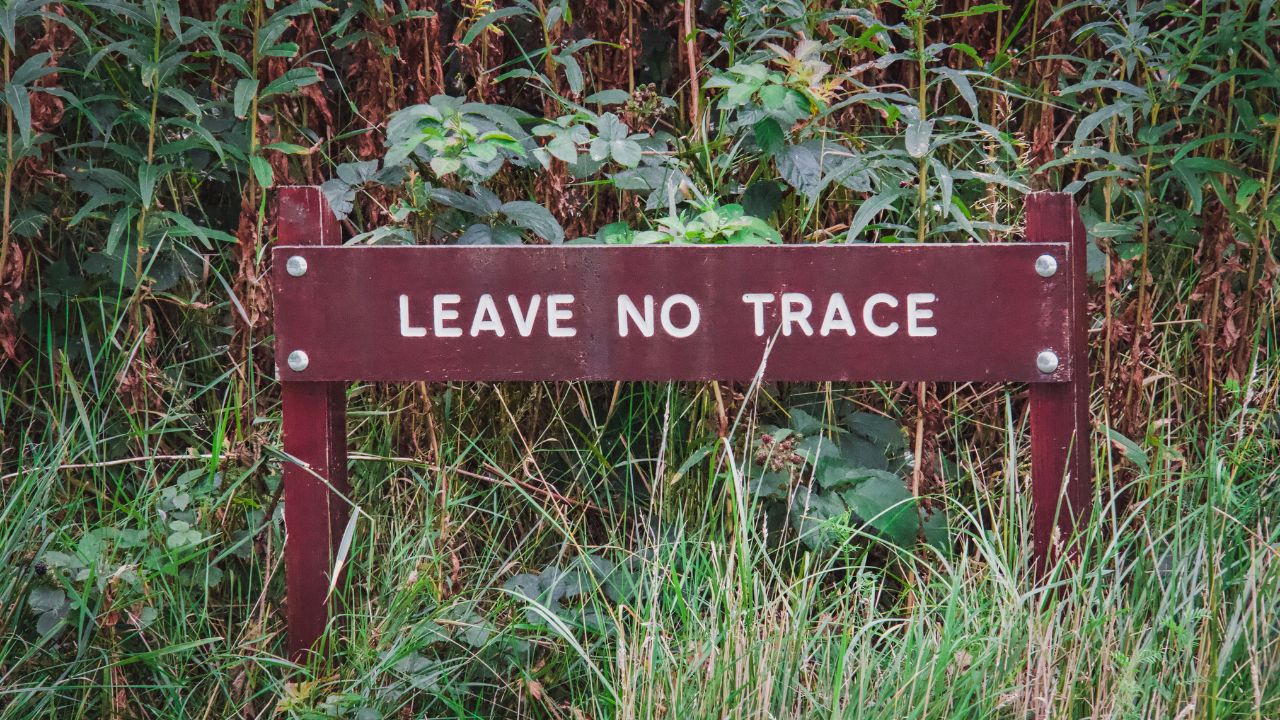
Educate your children about the importance of Leave No Trace principles to help protect the environment and preserve the trails for future generations. Teach them to pack out their trash, stay on marked trails, respect wildlife, and minimize their impact on the natural surroundings.
10. Encourage Curiosity and Learning
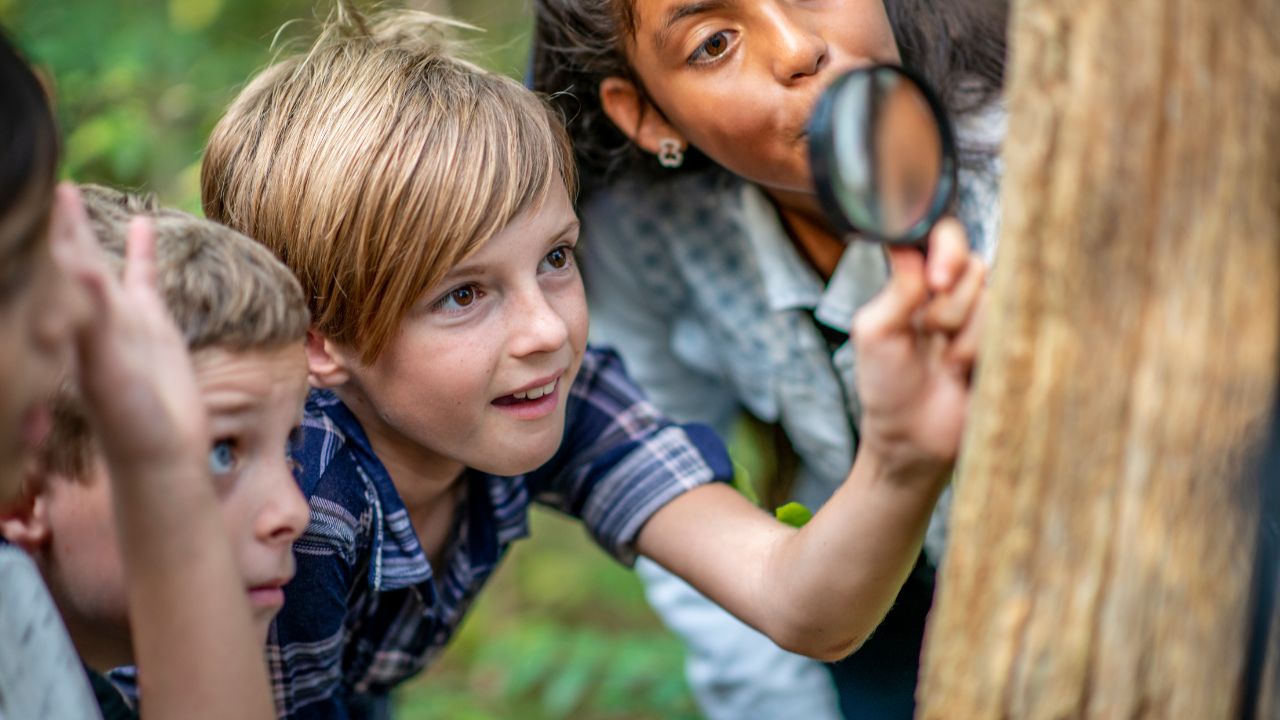
Long-distance hiking provides endless opportunities for learning and discovery. Encourage your kids to ask questions, observe their surroundings, and engage with nature. Bring along field guides, binoculars, or a magnifying glass to help them explore and learn about the plants, animals, and geological features they encounter.
11. Make Safety a Top Priority

Safety should always be a top priority when hiking with children. Teach your kids basic safety rules, such as staying on the trail, avoiding unknown plants and animals, and knowing what to do if they get lost. Pack a comprehensive first-aid kit and familiarize yourself with basic wilderness first-aid techniques.
12. Use Positive Reinforcement and Encouragement
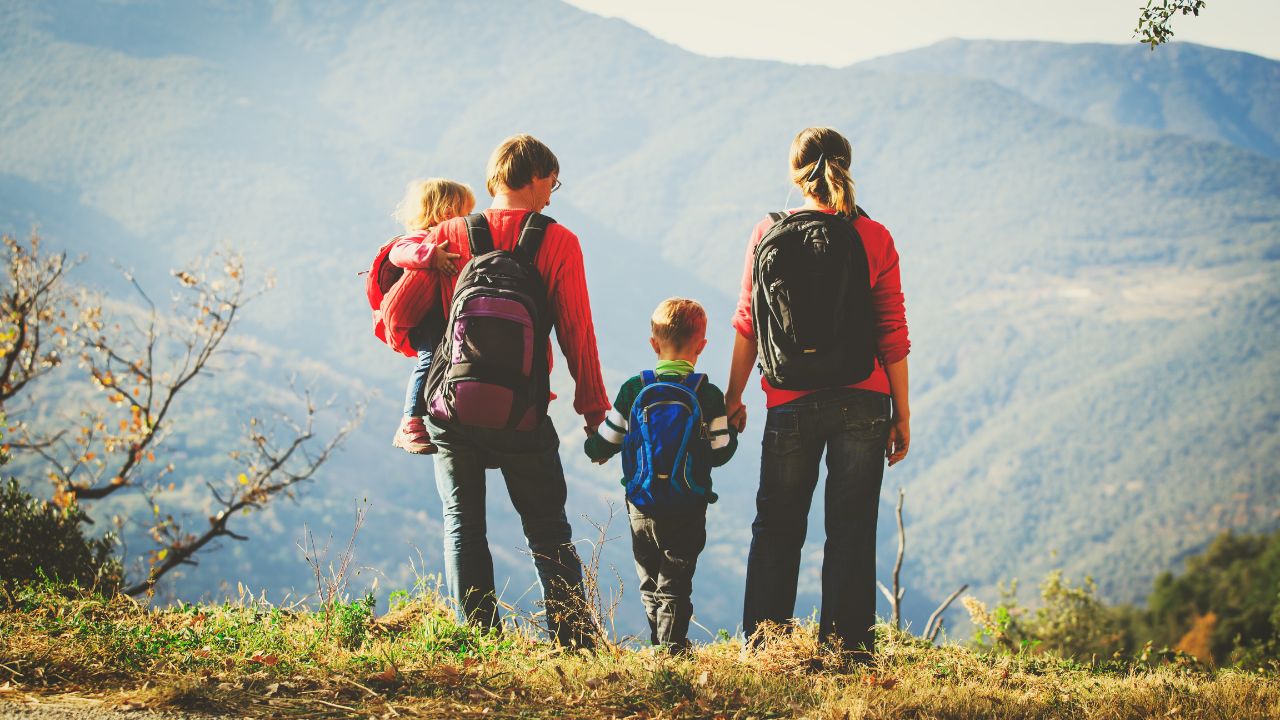
Long-distance hiking can be challenging for kids, so use positive reinforcement and encouragement to keep them motivated. Celebrate their accomplishments, no matter how small, and acknowledge their efforts. Create a supportive and uplifting atmosphere that focuses on the joy of the experience rather than the destination.
13. Be Flexible and Adaptable

When hiking with children, it’s essential to be flexible and adaptable. Be prepared to adjust your plans based on your kids’ needs, weather conditions, or unexpected challenges. Embrace a go-with-the-flow attitude and prioritize your family’s well-being over strict adherence to a pre-planned itinerary.
14. Create Fun Traditions and Rituals

Establish fun traditions and rituals that your family can look forward to on each long-distance hiking trip. These might include special trail snacks, silly songs, or end-of-day celebrations. These traditions will create a sense of anticipation and help bond your family through shared experiences.
15. Document Your Adventures
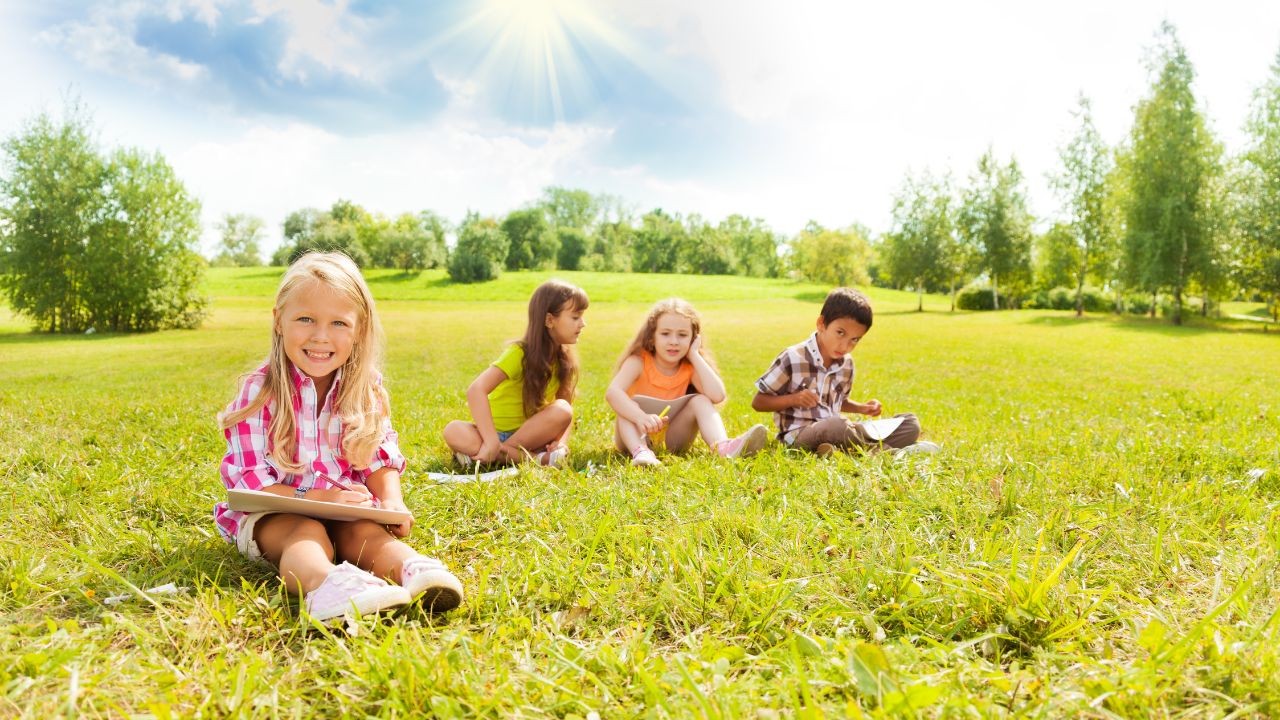
Encourage your kids to document your long-distance hiking adventures through photographs, sketches, or journal entries. These memories will be cherished for years to come and can inspire future generations to embrace the outdoors. Consider creating a family hiking scrapbook or blog to showcase your experiences.
16. Celebrate Your Accomplishments

Finally, take time to celebrate your family’s accomplishments after completing a long-distance hike. Reflect on the challenges you overcame, the memories you made, and the growth you experienced as individuals and as a family. These celebrations will reinforce the positive impact of hiking and inspire your family to plan future adventures together.
20 Crucial Supplies for Surviving a Societal Collapse

In the face of uncertainty, being well-prepared gives you at least some degree of control and security. The thought of a societal collapse, while extreme, prompts us to consider how we might endure without the conveniences of our current lifestyle. Here’s a list of 20 essential items that could prove indispensable in such a scenario. This guide isn’t about succumbing to fear but embracing preparedness and resilience.
14 Essential Canned Goods for Your Emergency Pantry
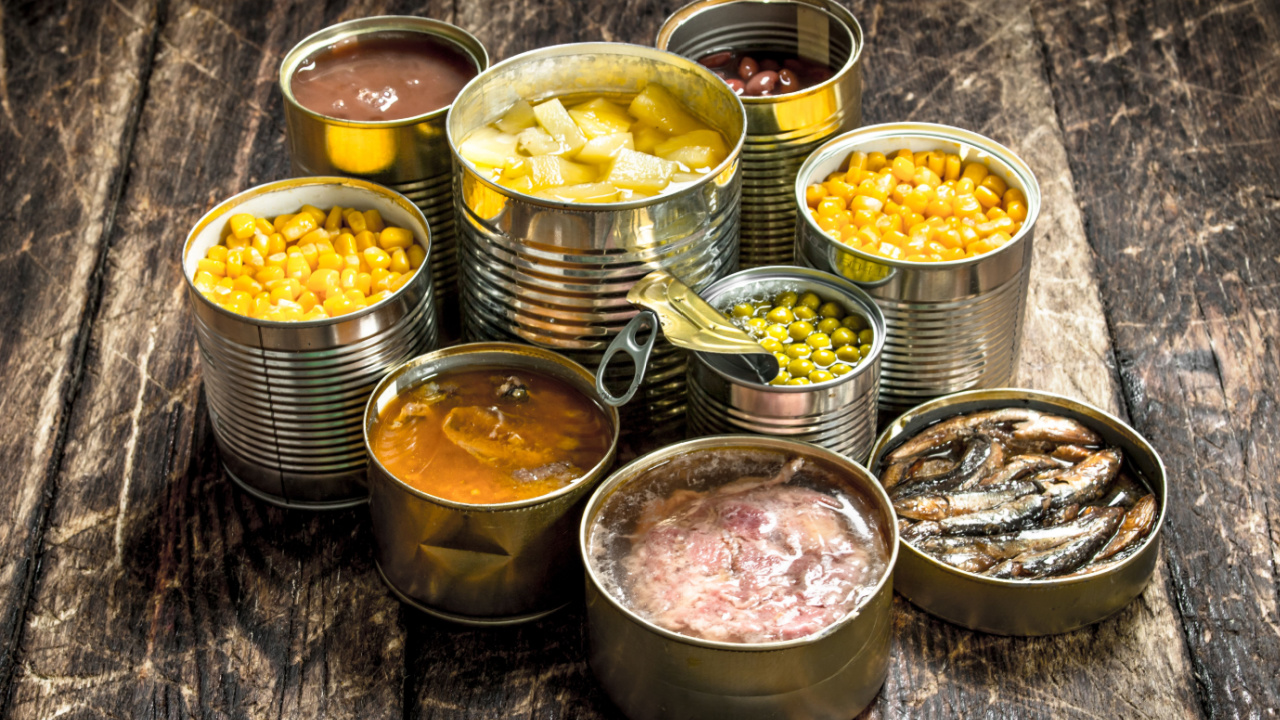
I firmly believe in keeping a well-stocked emergency pantry. While fresh food is ideal, in a survival situation, we may not be that lucky. So, for my family, even though we grow a lot of our own food, canned goods play a crucial role in emergency preparedness. They offer a reliable source of nutrition when access to fresh produce may be limited. The goods you stockpile should be affordable, easy to store, and full of nutrition.
Best Regions in the U.S. to Escape to When Society Collapses

Choosing a refuge in the event of societal collapse involves weighing the pros and cons of each location against your personal preparedness goals and abilities. Whether you’re drawn to the solitude of the desert or the protective heights of the mountains, the key is finding a place that offers safety and the opportunity for growth and renewal.
Katy Willis is a writer, lifelong homesteader, and master herbalist, master gardener, and canine nutritionist. Katy is a preparedness expert and modern homesteader practicing everyday preparedness, sustainability, and a holistic lifestyle.
She knows how important it is to be prepared for whatever life throws at you, because you just never know what's coming. And preparedness helps you give your family the best chance to thrive in any situation.
Katy is passionate about living naturally, growing food, keeping livestock, foraging, and making and using herbal remedies. Katy is an experienced herbalist and a member of the CMA (Complementary Medical Association).
Her preparedness skills go beyond just being "ready", she's ready to survive the initial disaster, and thrive afterward, too. She grows 100% organic food on roughly 15 acres and raises goats, chickens, and ducks. She also lovingly tends her orchard, where she grows many different fruit trees. And, because she likes to know exactly what she's feeding her family, she's a seasoned from-scratch cook and gluten-free baker.
Katy teaches foraging and environmental education classes, too, including self-sufficient living, modern homesteading, seed saving, and organic vegetable gardening.
Katy helps others learn forgotten skills, including basic survival skills and self-reliance.
She's been published on sites such as MSN, Angi, Home Advisor, Family Handyman, Wealth of Geeks, Readers Digest, and more.
